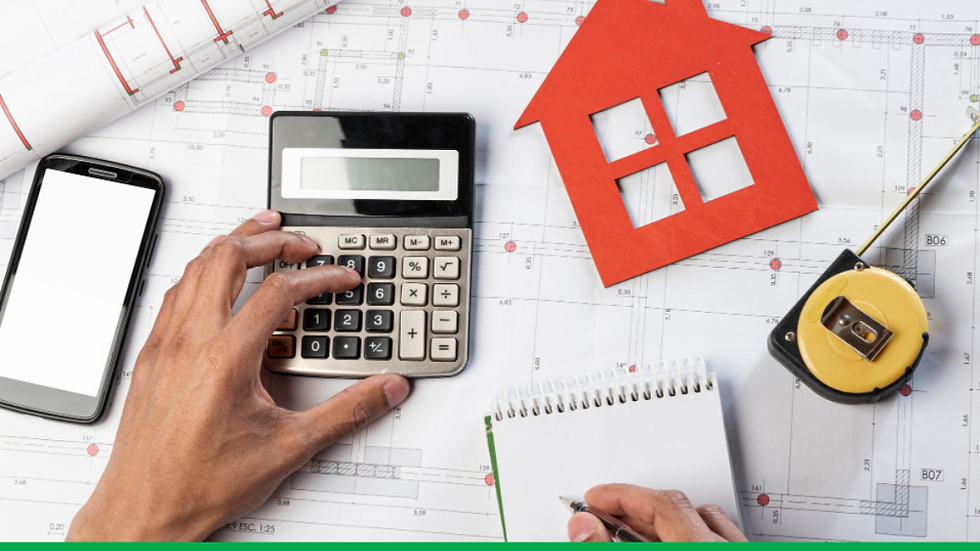Tracking Property Tax Through Tech
- connect2783
- May 22, 2023
- 2 min read
Updated: Jul 8
Outdated rates, missing records, and massive shortfalls: property tax collection in Indian cities is far from efficient. But with GIS mapping, online systems, and tech-based nudges, some cities are seeing surprising gains. As systems modernise, the real test lies in building trust and bridging gaps in access and awareness.

Property taxes are a major source of revenue for city governments in India, helping to fund infrastructure and public amenities. But adequate tax collection is often hindered by inadequate administration, limited awareness, non-compliance, and outdated valuation systems.
A 2020 World Bank study found that property taxes contribute only 0.2% to India’s GDP, which is one-sixth of the 1.1% contribution made by property taxes to the GDPs of OECD countries. For example, Guwahati Municipal Corporation recently raised property taxes for 70,000 property owners, who had been following unchanged rates since 2008.
Shimla MC has struggled to collect ₹5 crores from the state transport department. Similarly, various studies suggest low property tax collection rates, as low as 3% of the targets, due to poor efficiency, unregistered properties, and a significant number of defaulters.
Tech-based initiatives have improved property tax collection in smaller cities. Digital technologies like satellite images, drone surveys, GIS, data analytics, and online payment systems yielded significant results for civic bodies. Many cities have achieved higher property tax demand and improved efficiency in tax collection due to advancements such as GIS-based systems, online payment systems and SMS notifications.

Cities like Raipur, Madurai, and Thane have achieved higher property tax demand and improved efficiency in tax collection due to digital advancements. In Raipur GIS-based systems and Unique Digital Door Numbers boosted registered properties by 53% and increased property tax demand by 96%.Small cities adopting hybrid tax collection methods need robust technology infrastructure and trained human resources to address technical issues and platform failures.
Effective communication with citizens is key to gaining their trust with increasing reliance on digital systems.
Regular updates, notifications, simplified guidelines, and accessible customer support services can help streamline tax collection. By ensuring these, small cities can enhance property tax collection efficiency and revenue generation.
Comments